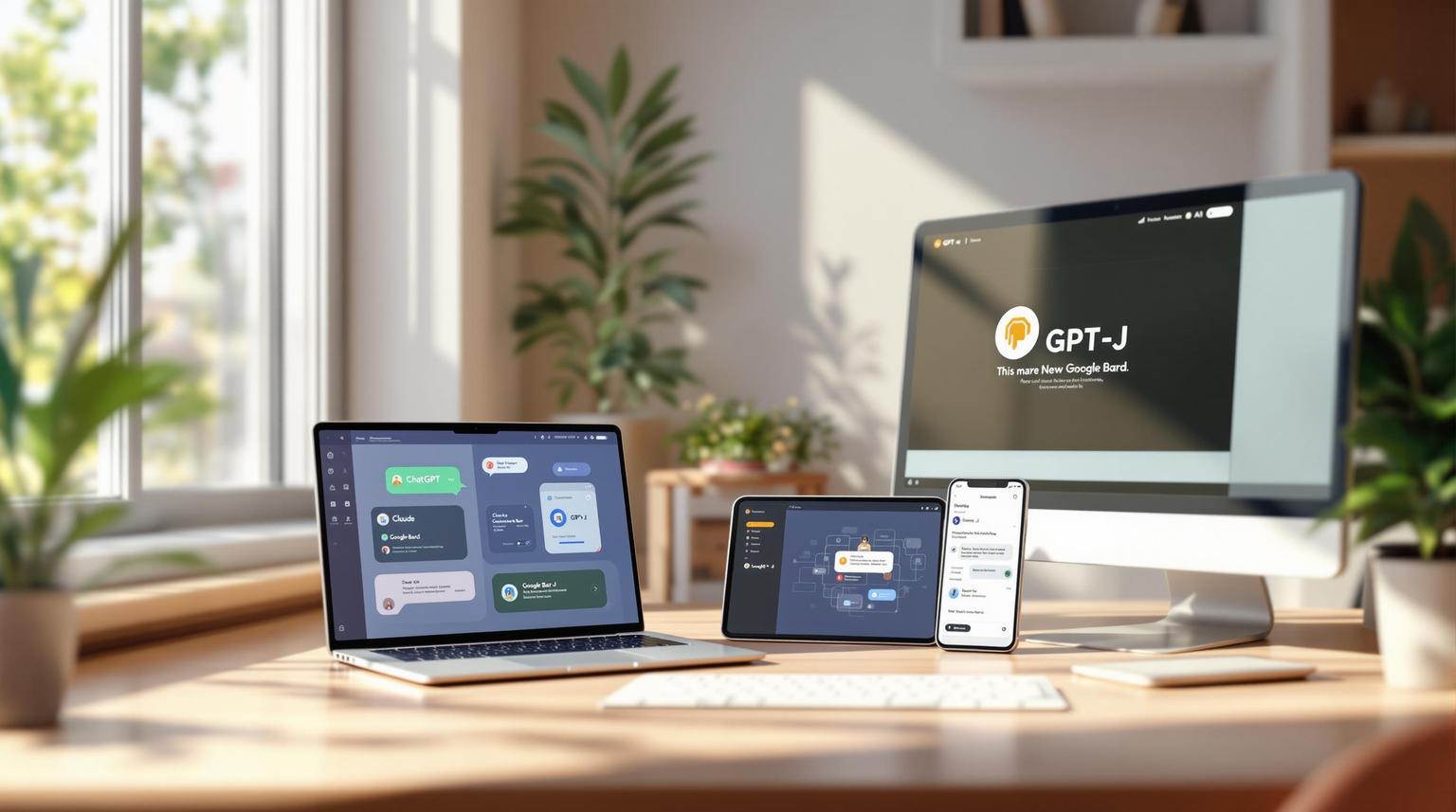AI can predict how well your social media ads will perform by analyzing past data, such as clicks, conversions, and audience behavior. It uses machine learning to improve forecasts over time, helping you make smarter decisions about budgets, targeting, and creative strategies. Here's a quick overview of how it works:
- What it does: Predicts metrics like click-through rates, conversions, and ROI.
- How it works: Analyzes data like demographics, engagement patterns, and ad creatives.
- Benefits: Saves time, improves targeting, and boosts ROI.
- Challenges: Needs clean data, technical skills, and setup time.
6 Unexpected AI Strategies for Unstoppable Social Media ...
What is Predictive Analytics for Social Ads
Predictive analytics in social media advertising uses AI to analyze past ad data - like engagement, clicks, and conversions - to predict future performance, audience behavior, and return on investment (ROI). Let’s break down how AI learns from this data.
How AI Processes Ad Data
AI models study both past and current campaign metrics, such as engagement rates, click-through rates, and conversions. This helps them make better predictions over time. Marketers can use these insights to spot trends and fine-tune their strategies. Now, let’s look at the main data sources that fuel these predictions.
Main Data Sources
AI relies on several key inputs to forecast social media ad performance [2]:
- User demographics and interests
- Past engagement and conversion rates
- Time-of-day and device usage patterns
- Ad creative details (like format, copy, and visuals)
- External factors (seasonal trends, competitor activity)
Key Steps of AI Ad Performance Prediction
Here’s how you can turn raw data into actionable insights for better ad performance.
1. Collecting and Combining Data
AI tools pull data from various ad platforms, bringing everything together for a comprehensive analysis.
2. Preparing Data for Analysis
Organize targeting parameters, audience details, and creative elements into a clear, structured dataset.
3. Building and Testing Models
Train algorithms using past campaign data. Then, compare predictions to actual results and fine-tune the models as needed.
4. Deploying Predictions
Use the model’s forecasts to estimate metrics like click-through rates, conversions, and ROI. Adjust your budgets, bids, and creative strategies based on these predictions to get the most out of your campaigns.
sbb-itb-212c9ea
Pros and Cons of AI Predictions
Before diving into AI predictions for social ad campaigns, it's important to understand both their strengths and challenges.
Benefits of AI Predictions
- Automates tasks like content creation, SEO, and ad optimization, saving time and effort.
- Analyzes past campaign data to improve targeting and messaging, leading to better ROI.
- Makes quick, data-driven adjustments to budgets and bids, keeping campaigns competitive.
Common Challenges
- Needs a large amount of clean, historical data to work effectively.
- Requires technical skills for managing data and keeping models running smoothly.
- Comes with an initial setup process and a learning curve.
Up next: How to choose and incorporate the best AI prediction tools into your workflow.
Selecting and Setting Up AI Prediction Tools
How to Select the Right Tools
Once you've considered the advantages and challenges of AI, use these tips to pick the best prediction tool for your needs:
- Check the tool's forecasting accuracy and available model-training features.
- Ensure it integrates smoothly with your social ad platforms and data sources.
- Look for dashboards that offer customizable reports, real-time notifications, and easy-to-use controls.
- Compare pricing plans, customer support options, and how long it takes to implement.
- Use filters in AI Apps to sort by category, subcategory, and pricing to refine your search and compare tools.
Source: AI Apps RAG documents
Conclusion
Now that you've explored how AI predicts ad metrics and learned how to select the right tools, it's time to put this knowledge to work. By combining data collection, model training, and smart tool selection, you can turn insights into actionable strategies.
Explore the "Featured" and "Just Landed" sections on AI Apps to find tools that fit your campaign objectives. These resources can help you choose, implement, and run predictive models to improve your ad performance. Use these steps to transform your data into highly targeted, ROI-focused social media campaigns.



